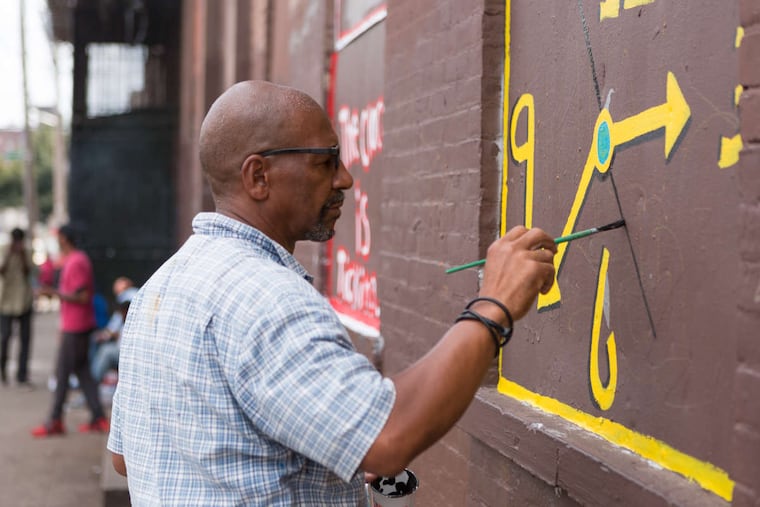Philly's big new art project asks: Who deserves a monument, anyway?
The vast Monument Lab public art project, sponsored by Mural Arts Philadelphia, seeks to challenge our ideas of what a monument can be and whom it should represent.

The vast Monument Lab public art project, sponsored by Mural Arts Philadelphia, seeks to challenge our ideas of what a monument can be and whom it should represent.
